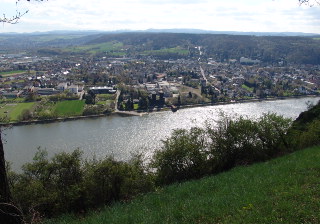On March 7th, 1945 elements of the 9th Armored Division succesfully captured the Bridge at Remagen (officially named the Ludendorf Bridge), then the last remaining bridge across the Rhein. Over the following weeks, the primary push of the U.S. Army into Germany was pushed across at this bridgehead. Although the bridge itself collapsed some time after its capture, the bridgehead was maintained by pontoon bridges setup nearby the original bridge (they had been set up prior to the collapse of the original Ludendorf Bridge to increase capacity across the river). The Allies successfully broke out of the Remagen Bridgehead by the end of the month.
The bridge was originally built during World War I, but was only just being completed in 1918 when the war ended. Here we see soldiers returning from France.
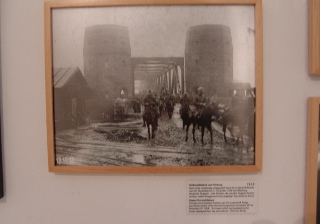
The bridge was guarded by a special "bridge guard detail" for the duration of the war. Despite this, they were unable to succesfully destroy the bridge when the time came. Here we see the approach from the West sometime in 1944 or 1945.
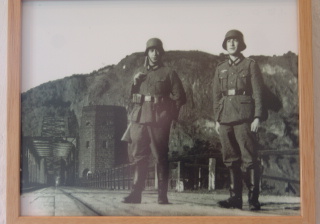
The 9th AD captured the bridge in early 1945, allowing US Forces to cross the Rhein on dry land. Here is how the approach looked in early March 1945.
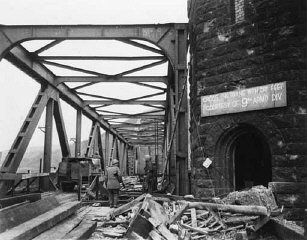
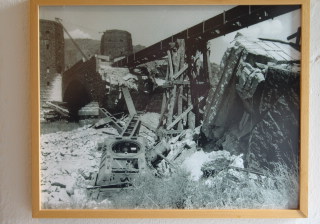
In 1975, a photographer was doing much of what I'm doing now - retracing historic sites and compiling a then-and-now comparison. This is how the approach looked in 1975.
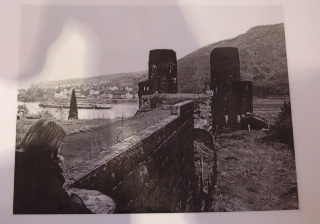
In early November, 1989, my family and I took a trip up from where we were living in Heidelberg (very nearly where I live now), and we visited the bridge about on the 11th of November. This is the approach in 1989.
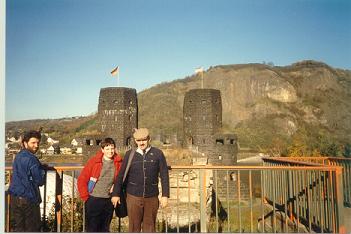
Today, I made a similar trip from Mannheim up to Remagen. This is what the approach looks like today.
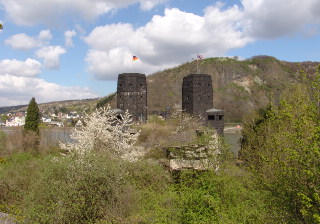
The East side of the bridge in 1945 just after collapse.
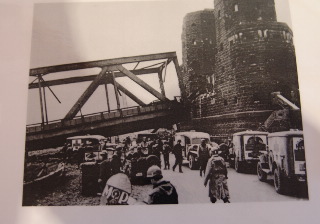
In 1975.
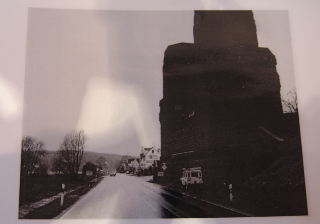
In 2005.
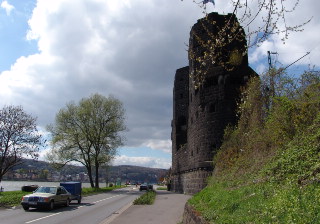
Looking west over the river from the mountaintop on the east side
in 1945

in 1975

in 2005
